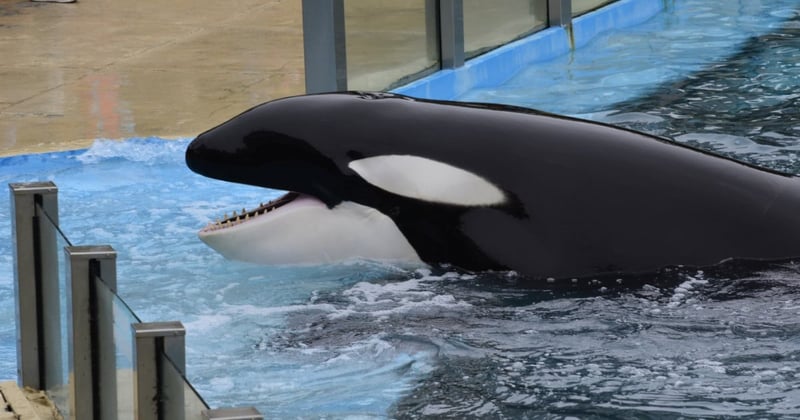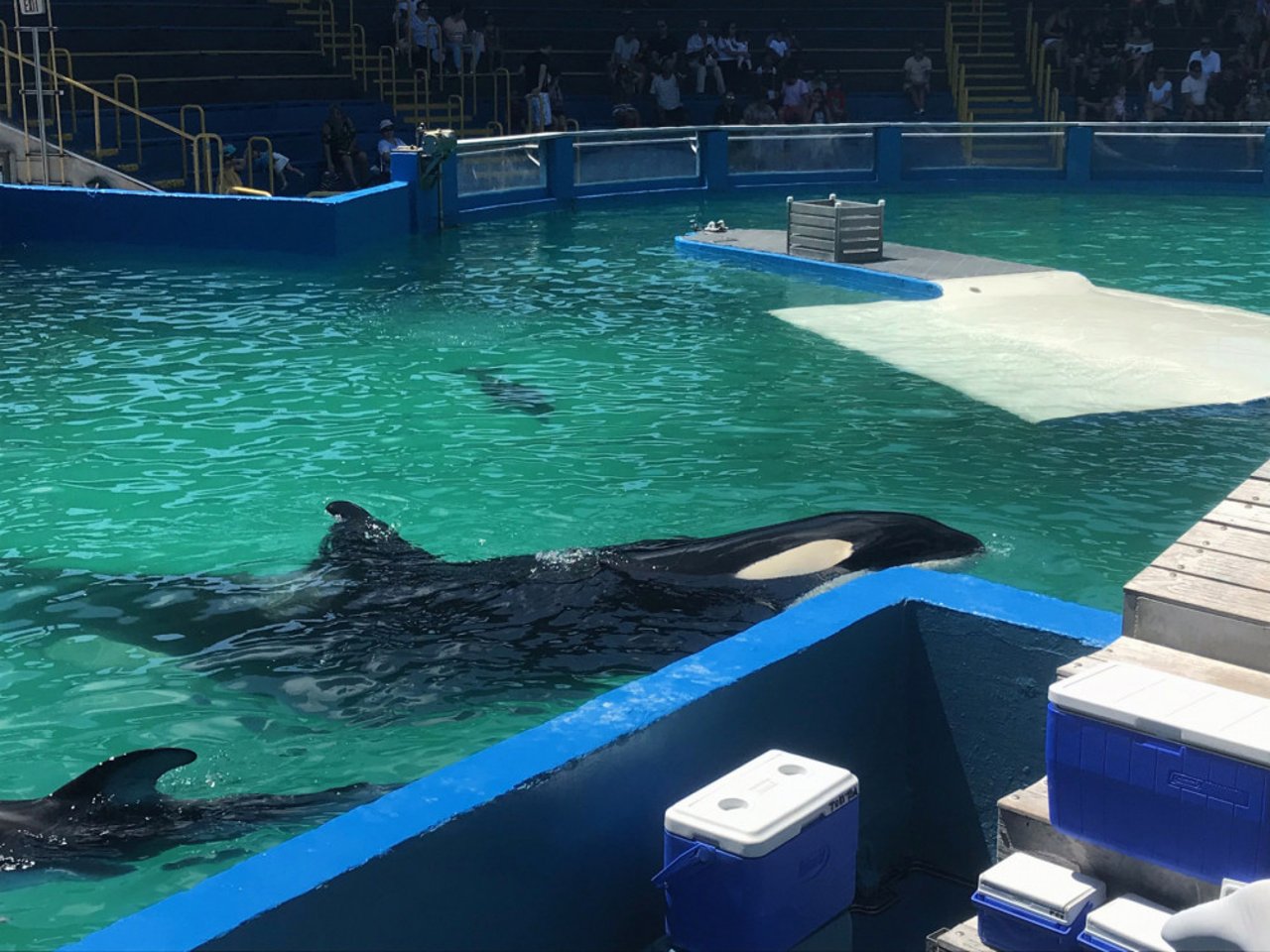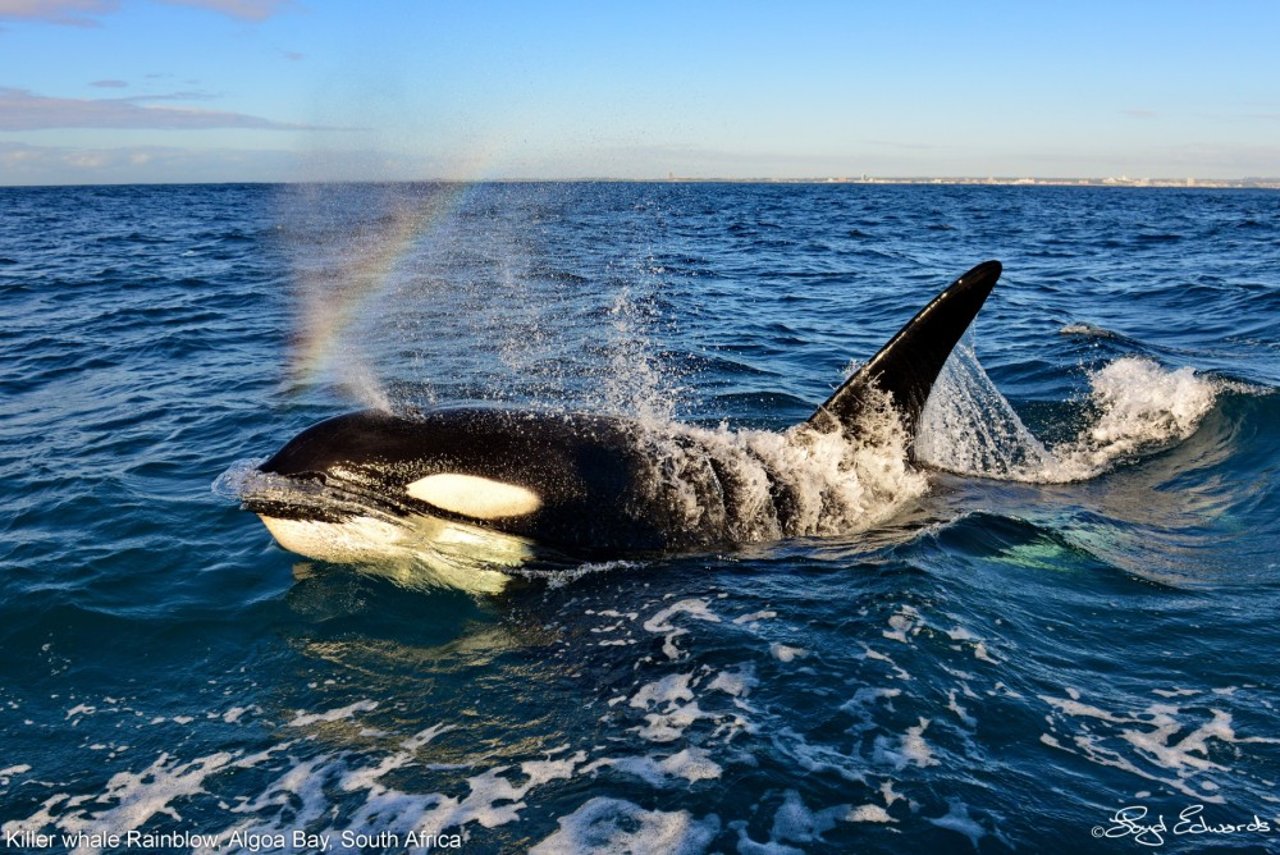
Today is the 10th anniversary of Blackfish, a groundbreaking documentary on captive orca, Tilikum, sparking controversy and introducing the Blackfish Effect.
Separated from his mother and taken from the wild at two years old, Tilikum was kept in a tank at SeaLand in Canada with two much larger female orcas who would regularly attack him.
In 1991 the orcas killed a young trainer, dragging her into the pool. Tilikum was moved to SeaWorld in Orlando with the understanding that he should not be used in performances but he continued to feature in the shows and later killed two more people, including another trainer in 2010.
Blackfish director and documentarian, Gaberiela Cowperthwaite said in an interview that she originally set out to understand the incident where trainer Dawn Brancheau was attacked by Tilikum and to find out what had actually happened. The film that emerges is a heartbreaking story of separation, isolation, trauma and tragedy.
It is not often that a documentary film taps into a moment so profoundly and produces a moral outcry so significant that it creates change in the way Blackfish did. By telling the story of Tilikum and the tragic deaths of three people at marine parks through the eyes of ex-SeaWorld trainers, viewers are taken on a journey by people who worked in the parks to the realisation that keeping a powerful and highly intelligent wild animal in a tank to entertain tourists is dangerous and cruel.
The perfect storm
The release of Blackfish hit a nerve with the public, reaching a huge audience through vast distribution including CNN, Netflix and BBC Four. These ‘moments’ do not tend to occur in isolation, there are often a number of factors at play and the landscape at the time was slowly beginning to change in terms of marine parks.
The Cove was released in 2009 focusing on the dolphin drive hunts in Taiji, Japan and their links to capture for entertainment parks. Free Willy was released in 1993 – the same year that the last dolphin venue in the UK closed its doors, amidst years of campaigning and a change in standards for keeping cetaceans (whales, dolphins and porpoises) in captivity.
So what happened?
Blackfish inspired a wave of people powered campaigning that was so widespread that SeaWorld had to listen. Petitions were set up asking corporate sponsors to cut ties with SeaWorld and musicians to cancel performances at the venue. Celebrities and students got involved in sharing the message. Protests took place outside the park and across the world.
SeaWorld pushed back, claiming the film was misleading and shortly after launched the website ‘SeaWorld Cares’ to highlight their commitment to ‘protect whales both in human care and in the wild’ in an attempt to divert the conversation. But the damage was done. Not long after the documentary, Southwest Airlines ended their partnership with SeaWorld, a number of musicians cancelled shows there and SeaWorld’s stock price plummeted.
Within 5 years two CEOs had left SeaWorld and by the time Tilikum eventually died in 2017, SeaWorld had announced that they would end their orca breeding programme. More broadly, in 2016, the state of California passed a ban on captive orca breeding. In 2019, Canada passed a bill banning the keeping of dolphins and whales in captivity. In 2021, cetacean breeding for entertainment was banned in New South Wales, Australia and keeping cetaceans in captivity was banned in Brussels.
So where are we now?
Ten years later and over 50 orcas remain in captivity worldwide. There are eighteen in SeaWorld parks still and though SeaWorld announced that they would phase out their orca shows in 2015, the shows have returned. SeaWorld continues their orca breeding ban.
Tokitae (also known as Lolita) is the sole orca at Miami Seaquarium having been there since 1970. She has been without another orca since 1980 when her tankmate Hugo died after smashing his head against the tank wall. Plans are underway to move her to a sea sanctuary. In Europe, there are four orcas and a breeding programme at Loro Parque which shows no signs of ending its orca shows. Even the controversial wild orca Morgan, who they claim had to be kept in captivity following her rescue from the Wadden Sea in 2010 despite opposition, is used in shows and has been used for breeding – her calf Ula died a few years ago before her 3rd birthday. In fact, between March 2021 and September 2022, three of Loro Parque’s orcas died, the oldest being 20 years old.
In the wild they can live between 50 and 80 years, sometimes even longer. Four orcas also remain at Marineland at Antibes in France.
As well as over 50 orcas in captivity worldwide there are also 3000 smaller dolphin species, mostly bottlenose dolphins, in entertainment venues globally.
TUI Group continue to sell tickets and profit from this cruel exploitation despite mounting evidence that this is animal cruelty.
Please sign our petition asking them to stop.
Blackfish is available to watch on Netflix in the UK.
Image credits: Orca in a tank: Emily Huggins, Orca in its natural habitat: Lloyd Edwards / Raggy Charters

